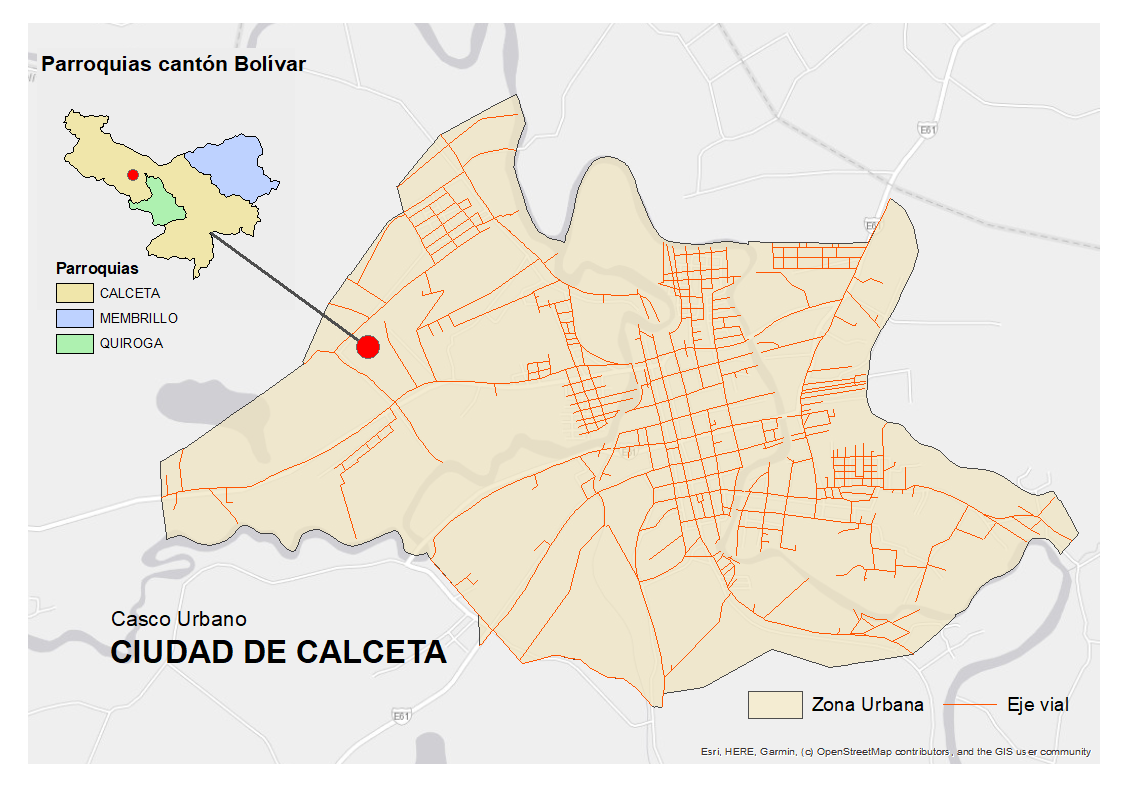Challenges and strategies for smart tourism management in the city of Calceta through the design of a virtual tourist guide
DOI:
https://doi.org/10.56926/unaaaciencia.v4i1.96Keywords:
tourism development, strategies, smart managementAbstract
This research aims to promote the development and smart management of tourism in the city of Calceta through the adoption of technological tools for strategic data analysis. The research was exploratory, non-experimental, and qualitatively and quantitatively focused. It consisted of three stages: starting with a situational assessment, narrowing the study area, examining tourism management limitations, and identifying institutional and political issues. In the second stage, the tourism offering was identified using a tourism resource inventory and a registry of tourist establishments. In the third stage, strategies for smart tourism management were defined, applying the 5w2h matrix. The study presents the following relevant results: Tourism activity presents problems that limit its development capacity; the level of tourism management is affected by a lack of technical preparation, low budget allocation, and outdated baseline information. A total of five tourist resources and attractions were identified, highlighting the El Perezoso Agrotourism Farm and the Sixto Durán Ballén Dam. A total of 37 tourist establishments were recognized (10) accommodation, (17) catering and beverages and (10) leisure and recreation; 29 cultural heritage sites were found.
Downloads
References
Álava, P. (2016). Análisis de la oferta gastronómica de restaurantes tradicionales en la Ciudad de Calceta, Cantón Bolívar, provincia de Manabí y su impacto en la actividad turística de la zona. Escuela Superior Politécnica Agropecuaria de Manabí Manuel Félix López. https://repositorio.uisek.edu.ec/handle/123456789/2597
Bayas, J. (2022). Plan integral de gestión ambiental para emprendimientos turísticos: caso de estudio Calceta, Ecuador. Turismo, desarrollo y buen vivir. Revista de investigación de la Ciencia Turística (16). https://publicaciones.udet.edu.ec/index.php/ricit/article/view/118/288
Bernal, C., & Napoleón, E. (1984). Los balseros del Río Carrizal. Sede Nacional de la Casa de las Culturas: https://biblioteca.casadelacultura.gob.ec/cgi-bin/koha/opac-detail.pl?biblionumber=5225
Carreño, Á., García, N., & Doumet, N. (2017). Diagnóstico turístico estratégico: Caso de estudio del cantón Bolívar, Manabí, Ecuador. Análisis del entorno territorial del Cantón Bolívar. Escuela Superior Politécnica Agropecuaria de Manabí Manuel Félix López, 75-86. https://www.researchgate.net/profile/Nelson-Garcia-Reinoso/publication/329427343_Diagnostico_turistico_estrategico_Caso_de_estudio_del_canton_Bolivar_Manabi_Ecuador/links/5c080d6ea6fdcc494fdc9738/Diagnostico-turistico-estrategico-Caso-de-estudio-del-canto
Félix, Á., Zambrano, M., & Vera, T. (2019). Visitas a Represas: Percepción y necesidades para el turismo. Turismo, Desarrollo y Buen Vivir. Revista de investigaciones de la Ciencia turística, 42-61. https://dialnet.unirioja.es/descarga/articulo/7172512.pdf
GAD Bolívar. (2019). Plan de desarrollo y ordenamiento territorial. https://gadbolivar.gob.ec/pdot/
Gobierno Provincial de Manabí. (2020). Cantón Bolívar. https://www.manabi.gob.ec/sitio2020/cantones/bolivar
Huerta, J. (2012). Reordenamiento del Museo Luis Félix López de la Ciudad de Calceta. https://repositorio.espam.edu.ec/bitstream/42000/99/1/Jose%20huerta.pdf
Instituto Nacional de Estadística y Censo. (2020). Proyecciones Poblacionales. Ecuador en cifras: https://www.ecuadorencifras.gob.ec/proyecciones-poblacionales/
Sacón, J., & Vera, G. (2018) Identificación de la potencialidad turística para el desarrollo local y emprendimientos del cantón Bolívar provincia de Manabí. Escuela Superior Politécnica Agropecuaria de Manabí Manuel Félix López. https://repositorio.espam.edu.ec/bitstream/42000/781/1/TTT1.pdf
Sistema de Información del Patrimonio Cultural. (2022). Sistema de Información del Patrimonio Cultural del Ecuador (SIPCE), Manabí, Bolívar. Instituto Nacional de Patrimonio y Cultura (INPC): http://sipce.patrimoniocultural.gob.ec:8080/IBPWeb/paginas/busquedaBienes/busquedaPrincipal.jsf
Sumba, M. (1984). El desarrollo de la cuenca de los ríos Carrizal y Chone. Su influencia en el desarrollo de la Provincia de Manabí. República del Ecuador; Secretaría General del Consejo de Seguridad Nacional. Instituto de altos estudios nacionales; XI Curso Superior de Seguridad Nacional y Desarrollo: https://repositorio.iaen.edu.ec/bitstream/handle/24000/4265/Sumba%20G.%20Marcos.pdf?sequence=1&isAllowed=y

Downloads
Published
How to Cite
Issue
Section
License
Copyright (c) 2025 Yadira Beatriz Párraga-Basurto, Ángel Guillermo Félix-Mendoza, Luis Alberto Zambrano-Ureta, José Luis Zambrano-Alcívar

This work is licensed under a Creative Commons Attribution 4.0 International License.
The authors retain their rights:
a. The authors retain their trademark and patent rights, as well as any process or procedure described in the article.
b. The authors retain the right to share, copy, distribute, execute and publicly communicate the article published in the scientific journal UNAAACIENCIA-PERÚ (for example, place it in an institutional repository or publish it in a book), with an acknowledgment of its initial publication in UNAAACIENCIA-PERU.
c. Authors retain the right to make a subsequent publication of their work, to use the article or any part of it (for example: a compilation of their works, notes for conferences, thesis, or for a book), provided that they indicate the source. of publication (authors of the work, magazine, volume, number and date).







